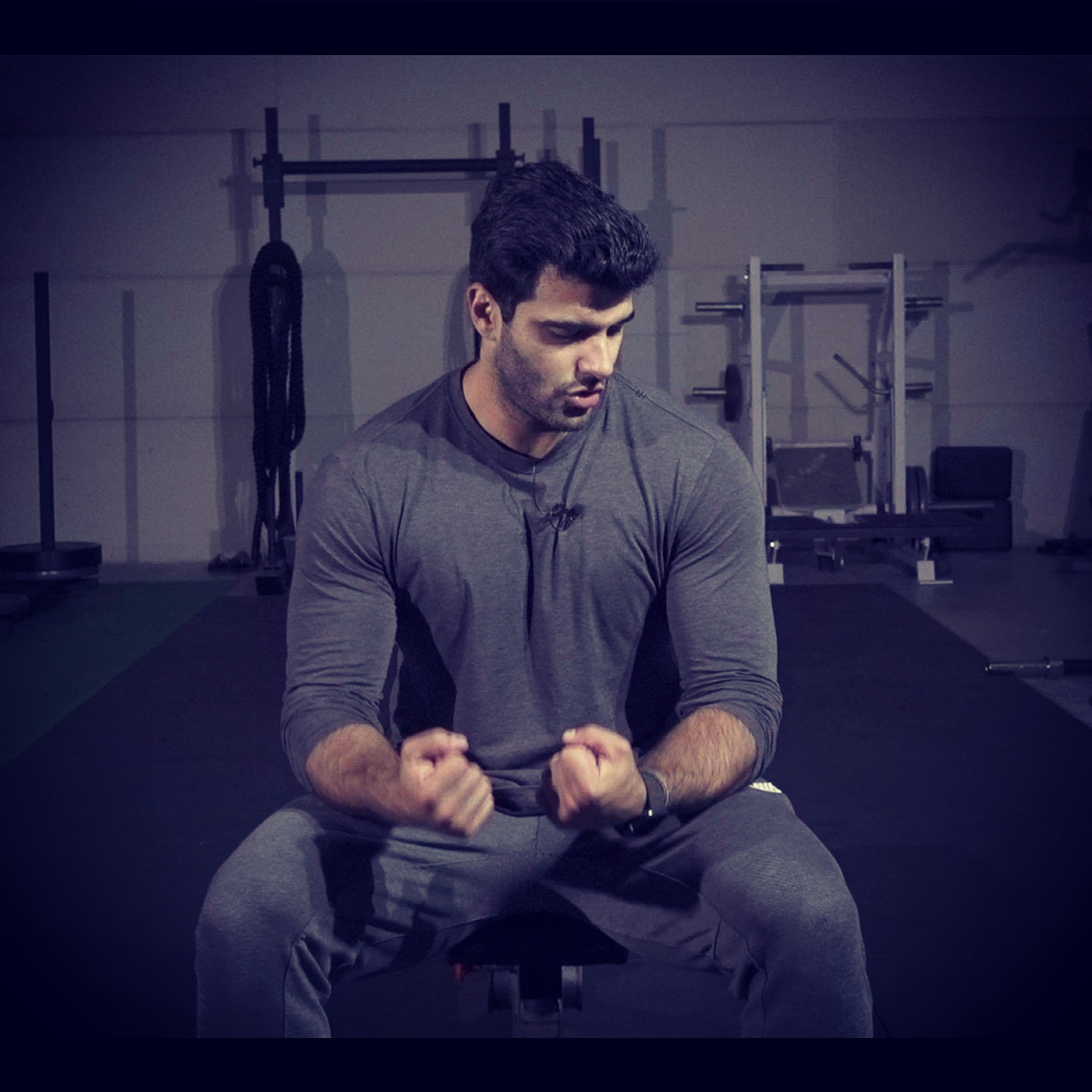The Mental and Emotional Component of Training
- Richard Aceves

- May 16, 2025
- 3 min read
The goal isn’t just to “train harder.” It’s to get people ready for a fight—and more importantly, teach them how to win that fight. If they can win the fight, they earn the right to enter flow. And that’s how you regulate the nervous system.
Belief Systems and Movement
Your belief system is your perception. If you believe deadlifts have hurt your back for three years, that’s not just a thought, it’s an identity. Every time you approach that lift, your nervous system remembers, and your emotional response blocks your ability to push physically. You get stuck in a feedback loop: emotion leads to hesitation, hesitation leads to a lack of intensity, which reinforces the belief that you can’t do it.
The solution is not just doing more barbell deadlifts.
It’s rewriting identity through physical intensity and new inputs.
The Identity Shift
To shift that belief system:
First, change the environment. Remove the barbell.
Introduce tools that create safety and output: Swami, sandbags, sleds, openers that trigger neural drive into the belly of muscles.
Then rebuild the pattern using these tools. A sandbag hinge is a deadlift. A kettlebell hinge is a deadlift. You’re not changing the pattern, just the context.
The body responds: “Oh, that’s new. And my back didn’t hurt. Cool.”
Then, when you go back to the barbell, the story has changed. No longer, “This is the lift that broke me.” It becomes, “This is just another hinge. I’ve done this before—without pain.”
Objective vs Subjective Movement
You’ve been told a deadlift must go from mid-shin to full lockout. You’ve been told a squat must be below parallel. That’s objective movement.
We teach subjective movement—how you want to move, based on your nervous system, your current safety, your strength.
And through that, we build confidence. Confidence creates output. Output allows you to reapproach the barbell as a new person—with less pain and more potential.
Physical. Mental. Emotional.
Training must be all three to change belief systems.
Pain is a story that’s reinforced every time someone fails or gets hurt trying the same thing. It’s an addict’s loop: chasing performance, avoiding the root cause.
Break the loop:
Rebuild safety.
Use intensity to shift mental patterns.
Let emotional expression come out naturally.
That’s how you rewrite someone’s identity around movement.
Coach’s Question: How Do I Know When to Transition Back to Skill?
Great question. Let’s use the sandbag deadlift as an example.
You round the back not as a flaw, but as a tool, to shorten the oblique and create tension. That’s neural output. Once the obliques can contract, we build mobility there. Once they’re mobile and strong, you can start applying that to the skill of the lift.
So yes, eventually, you move back to “neutral spine” positions for the barbell, not because it’s the rule, but because you now have the physical ability and motor control to do it by choice.
High-level lifters need those positions for biomechanical efficiency, but most people don’t lift at that level of load. For them, the priority is tension and safety, not textbook positioning.
The real shift happens when:
You identify the weak link (a left oblique or psoas).
You build output and quality there.
The nervous system says, “I trust this now.”
Then you return to the lift, which feels lighter, not because you got better at the skill, but because it costs less neural energy to perform.
That’s how you build resilience.



Comments